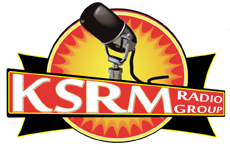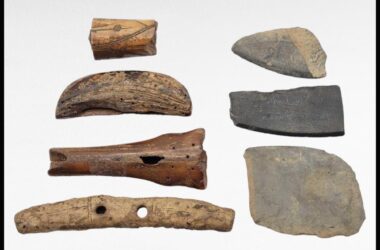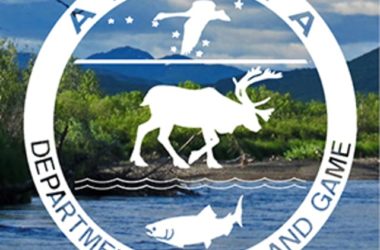The International Pacific Halibut Commission has expanded research vessel operations off of Alaska’s coasts for the annual stock assessment survey.
IPHC Executive Director Bruce Leaman says the program has been in operation since approximately 1996.
Leaman: “We occupy about anywhere from 12 to 1300 stations from norther California all the way up to the Bering Sea and this year we’re going up into the norther part of area 4D which is the northern most shelf of the Bering Sea.”
He says the expansion of the survey area in the Bering Sea is a part of the program’s aim to research more areas that are known fishing spots but data has not been collected there.
Leaman: “We’re looking for a catch per unit of effort, which is a relative index that goes into our stock assessment but we’re also doing biological sampling. So we do sex, length, maturity, age collection, we have a whole series of add-on projects that we do with other agencies, for example we’re doing contaminate sampling on some fish for the Alaska Department of Environmental Conservation, we collect information on other species of fish that we share with other agencies and they use that data for that assessments so it’s very much a collaborative thing with other agencies as well.”
There are 11 survey vessels around Alaska and the average trip poundage caught on those test vessels will range from 5,000 to 35,000 pounds. Leaman says those fish caught do not impact the commercial quota which the IPHC sets before each season.
Each year the IPHC puts out a request for proposals before the surveys are done in order to use local longline boats for the data collection. The fish caught during the research is then sold at local ports to offset the costs of the IPHC surveys.






